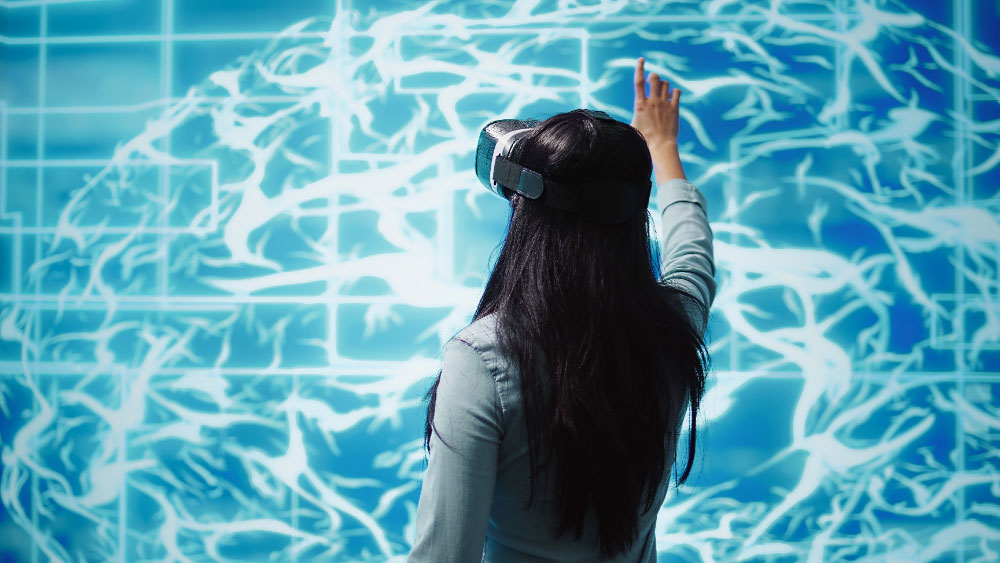Introduction
What is Deep Learning? It’s a phrase we hear everywhere, a buzzword that seems to permeate every discussion about artificial intelligence. But what is it, really? Beyond the slick presentations and futuristic promises, what lies at the core of this technology that’s reshaping our world?
Let’s be honest, when I first encountered the term, it felt like peering into an impenetrable black box. I imagined complex algorithms whirring away, spitting out answers with an almost unsettling efficiency. It was a mix of awe and a slight unease, a feeling that something profound was happening, but I couldn’t quite grasp its essence.
Perhaps you feel the same way. The sheer complexity of deep learning can be daunting. But stripping away the jargon, we find something surprisingly human at its heart: the attempt to mimic the learning processes of our own brains.
The Neural Network: A Simplified Brain
At the foundation of deep learning lies the artificial neural network. Imagine a network of interconnected nodes, or “neurons,” arranged in layers. These neurons receive input, process it, and pass it on to the next layer. This flow of information, adjusted by weights and biases, is what allows the network to learn.
Think of it as a simplified version of how our own brains work. We have neurons that communicate with each other, forming complex pathways that enable us to perceive, understand, and act. Deep learning attempts to replicate this basic structure, albeit in a highly abstract and mathematical way.
The “deep” in deep learning refers to the multiple layers of neurons in the network. Each layer progressively extracts more complex features from the input data. For example, in an image recognition task, the first layer might identify edges and corners, the second layer might combine these edges into shapes, and subsequent layers might recognize objects and patterns.
The Learning Process: Trial and Error, Refined
But how does this network actually learn? It’s a process of trial and error, refined through a technique called backpropagation.
Imagine you’re trying to teach a child to recognize a cat. You show them pictures of cats, and they make guesses. When they’re wrong, you correct them. Over time, they learn to associate certain features with the concept of a cat.
Deep learning works in a similar way. The network is fed with training data, and it makes predictions. When its predictions are incorrect, the network adjusts its weights and biases to reduce the error. This process is repeated thousands or even millions of times, gradually improving the network’s accuracy.
This iterative process, this constant refinement, is what makes deep learning so powerful. It allows the network to learn complex patterns and relationships that would be impossible to program explicitly.
The Emotional Core: A Sense of Discovery
As I delved deeper into the world of deep learning, I began to appreciate the sense of discovery that drives this field. It’s not just about building machines that can perform tasks; it’s about understanding the very nature of intelligence.
There’s a certain beauty in watching a network learn, in seeing it gradually improve its performance. It’s like watching a child learn to walk, a process that’s both fascinating and deeply moving.
The potential of deep learning is immense. It’s transforming industries, from healthcare to finance to transportation. But with this power comes responsibility. As we continue to develop and deploy these technologies, we must be mindful of their ethical implications.
Navigating the Ethical Landscape
The rise of deep learning brings with it a host of ethical considerations. Bias in training data can lead to discriminatory outcomes. The potential for misuse in areas like surveillance and autonomous weapons is a serious concern.
It’s crucial that we engage in open and honest discussions about these issues. We need to develop frameworks and guidelines that ensure deep learning is used for the benefit of humanity.

Personal Insights
- The Human Element: Despite the technical complexity, deep learning is fundamentally about mimicking human learning. This realization brought a sense of familiarity and understanding.
- The Power of Iteration: The iterative nature of deep learning, the constant refinement, is a powerful metaphor for personal growth.
- The Importance of Data: The quality and diversity of training data are crucial for building fair and accurate models. This highlights the importance of data collection and curation.
- The Need for Collaboration: Addressing the ethical challenges of deep learning requires collaboration across disciplines and sectors.
- The Wonder of Discovery: Witnessing a network learn and improve is a truly remarkable experience, a reminder of the power of human ingenuity.
Case Studies
- Medical Diagnosis: Deep learning models are being used to analyze medical images and diagnose diseases with greater accuracy than human experts. (Resources: NIH)
- Natural Language Processing: Deep learning is powering chatbots, language translation tools, and other applications that understand and generate human language. (Resources: Google AI Blog)
- Autonomous Vehicles: Deep learning is enabling self-driving cars to perceive their environment and make decisions in real-time. (Resources: NVIDIA Automotive)
- Fraud Detection: Deep learning algorithms are used by financial institutions to detect fraudulent transactions and prevent financial crime. (Resources: JPMorgan Chase AI)
- Drug Discovery: Deep learning is accelerating the process of drug discovery by predicting the properties of molecules and identifying potential drug candidates. (Resources: Nature Medicine)
FAQs
1. What is the difference between machine learning and deep learning?
2. Machine learning is a broader field that encompasses various algorithms, while deep learning is a subset of machine learning that uses artificial neural networks with multiple layers.
3. What are some common applications of deep learning?
Image recognition, natural language processing, speech recognition, and recommendation systems are just a few examples.
4. What are the challenges of deep learning?
Data requirements, computational resources, and ethical considerations are among the key challenges.
5. How can I learn more about deep learning?
Online courses, tutorials, and books are readily available. Websites such as DeepLearning.AI offer excellent educational content.
6. Is deep learning going to replace human jobs?
While deep learning can automate certain tasks, it’s more likely to augment human capabilities and create new opportunities.
Official Resources
- National Institute of Standards and Technology (NIST): NIST AI
- European Commission AI: European AI Policy
- UNESCO AI Ethics: UNESCO AI Ethics
- OpenAI: OpenAI Research
- MIT CSAIL: MIT CSAIL Research
Conclusion
Deep learning is still a relatively young field, and its potential is far from fully realized. As we continue to explore its capabilities, we must do so with a sense of responsibility and a commitment to using this technology for the betterment of society.
It’s not just about building smarter machines; it’s about building a better future. And that, I believe, is a goal worth pursuing.
What is Machine Learning? A Beginner’s Guide in 2025!
Top Big Data Analytics Tools in 2025
How to Become a Data Scientist in 2025: A Step-by-Step Guide!










1 thought on “What is Deep Learning? The Heart of AI!”